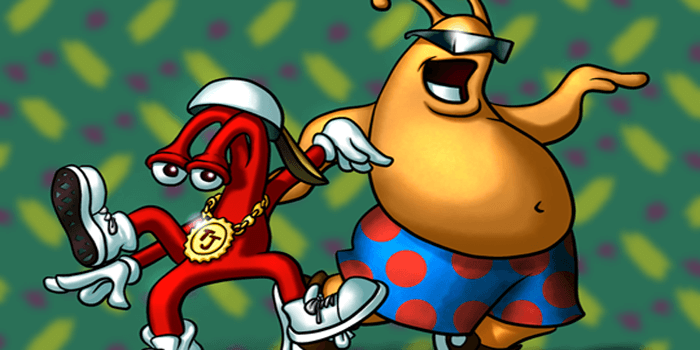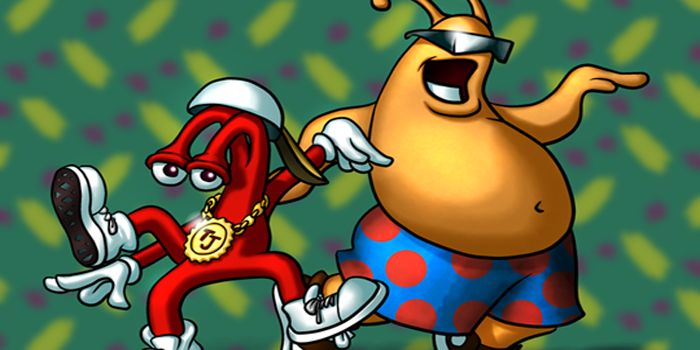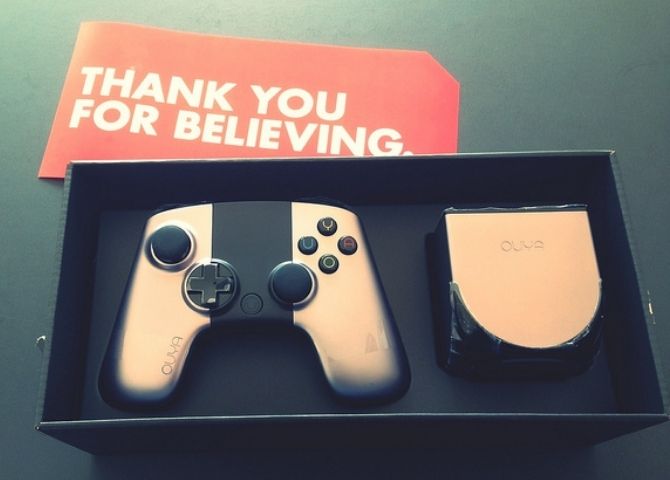There's a lot that goes into making a video game. From first idea, to storyboarding, design, development, and finally marketing, it takes a lot of people and a lot of steps to bring them to life. But that amounts to very little if there's no money involved.
Whether it's a blockbuster or an indie title, nothing goes into production without funding. Kickstarter is one modern funding model that is really shaking things up for indie games. By supporting Kickstarter games, players are finding they have the ability to shape and influence the industry like never before.
It used to be that the creation of video games was mysterious, like the High Prophet of Truth just sort of willed it into being, and multitudes of office peons got to work. Who decided what was going to be made? How? A bunch of guys in Steve Jobs' garage? No longer slaves to our curiosity, we the players have been given a chance to contribute to, and ultimately shape the future of indie games via the almighty Kickstarter.
Now, young altruistic development and design teams come together under the banner of innovation and change, to herald a veritable Renaissance of indie game creation. By pledging support to these brave pioneers, players are permitted participation in bringing about the next Hotline Miami 2. Behold, five ways in which the players impact the indie game industry through Kickstarter.
-
1. Innovation
Imagine if you got to be in on the ground floor of an amazing gaming experience, one that could only happen because of your contribution. Through monetary pledges, you get access to the unique inner circle of every new title in its initial building stages. Unlike the other gamers who will wait in a daze until the release of Toejam and Earl 2, you will get to proudly declare that you were there from the start. You will get to claim the elite status of those that were part of a game's inception, and every progressive stage thereafter. Games can be silly, serious, or anywhere in between without the parameters imposed by companies that own large franchise games, independent of console releases.
-
2. Updates
While traditional gaming companies release miniscule nuggets of information at press junkets, cons, and on their website blogs, you get access to updates about the games you pledge to in a continuous feed. Once you've contributed, you get regular updates sent to your email; everything from when a major pledge milestone has been attained, to storyboard pictures, rendering designs, and exclusive interviews with the developers. Once the game has reached its funding goal and it goes into development, you keep getting these updates, all the way until the game is playable.
-
3. Swag
Depending on how much you want to contribute, you'll get a corresponding collection of swag that pertains to the game. This is different than the swag you'd get with a holiday Halo Xbox bundle at Best Buy. This is early bird swag, with unique designs and branding elements that may be different than what pertains to the game once it's up and running. And with each level of pledging, you'll get different types of swag, from buttons to t-shirts, to impressive poster-sized prints.
4. Community
There's something mom-and-pop about the crowdfunding venture. It seems almost family-oriented, with its small group format and intimacy of interaction. Often times, you'll be able to correspond directly with the developers involved with the game through comments and emails. This would never happen with a bigger title or a bigger company, unless you think intimate interactions with a pre-recorded menu or corporate email account is on the same level.
-
5. Exposure
Artists and developers whose praises would previously go unsung can finally be recognized with a platform that allows for them to receive notoriety. Working as a small cog in a big video game manufacturing machine like the more well-known companies means a lot of great developers slip through the cracks. Their mission can be shared across a variety of social media platforms, especially via those contributors directly involved with their project. This gives their exposure a personal touch, because it isn't someone from the companies' PR team paid to sing their praises. It's passionate parties that have a stake in the livelihood of the game.
Great talent and great ideas need to be exposed, and Kickstarter allows for just that. Indie games, known for their progressive storylines, their imaginative characters, and their unique gameplay experience, are perfectly suited for the crowd funding world. Though some don't always succeed , the competitive nature of the projects ensure that their will always be more vying for our dollars, promising more bang for our buck. And not only will new games be released, but old games resurrected, titles that we thought were long forgotten once again being given new life.
Contributors are sometimes even the first to know of new consoles, allowing game development to be free from the yolk of console manufacturers that have control over what developers can publish and players can buy. Finally, the power to shape games the way we want them to be is in our hands.




